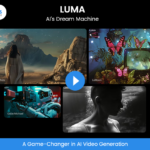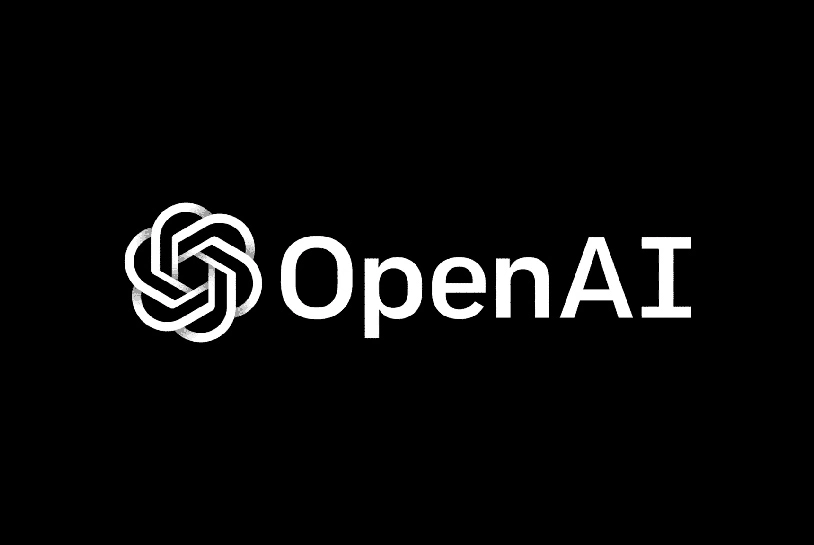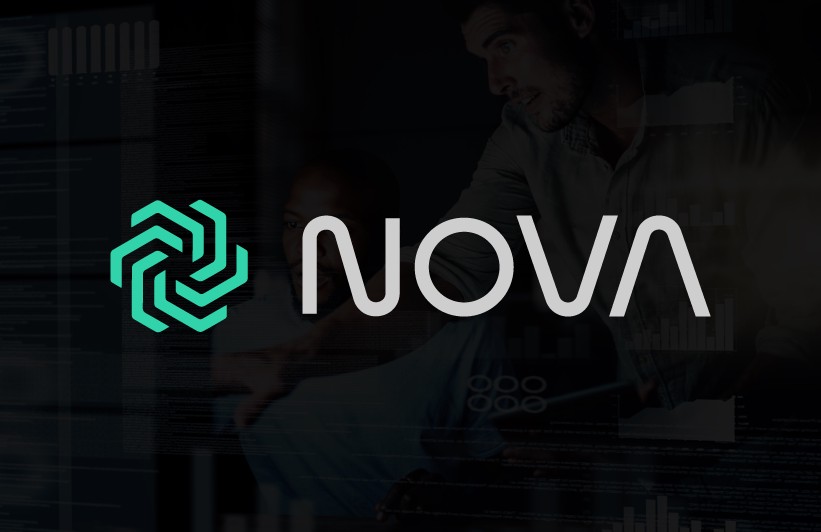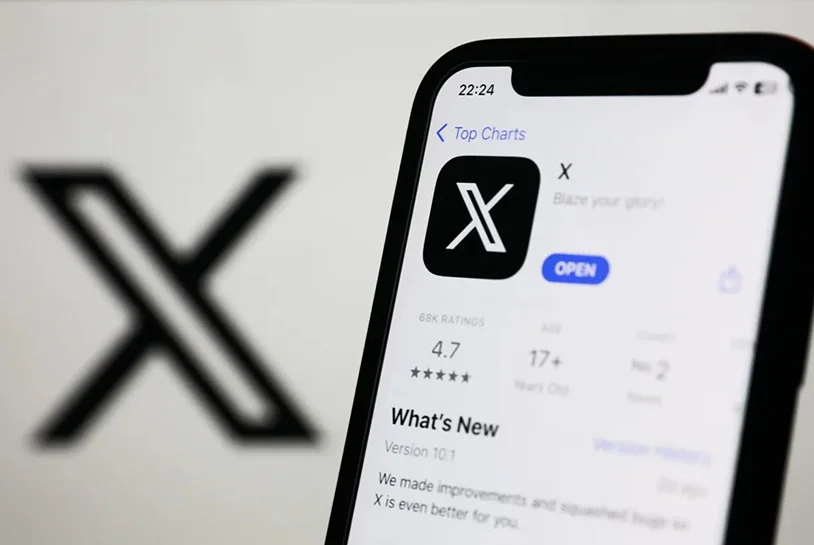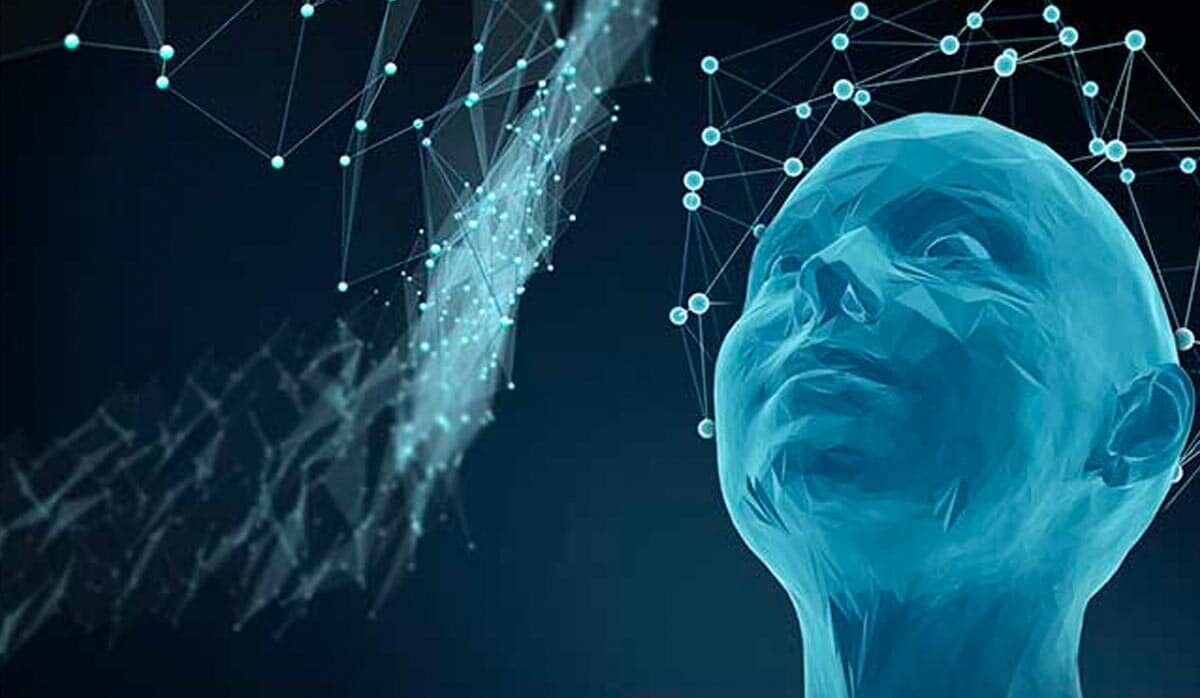Luma AI’s Dream Machine: A Game-Changer in AI Video Generation

- Jun 19, 2024
- 3 Mins read
Luma AI has introduced a groundbreaking AI-powered tool called Dream Machine, revolutionizing the way videos are generated from text and image prompts. This innovative technology enables users to create high-quality, realistic videos by simply typing a description or uploading an image. Dream Machine stands out in the rapidly evolving AI video generation market by offering a combination of text-to-video and image-to-video capabilities, a feature not commonly found in existing tools.
Dream Machine is designed to produce videos with detailed textures, smooth motions, and consistent visual elements, making it a valuable asset for content creators, developers, and filmmakers. Unlike many other AI video generators that often struggle with maintaining coherence and realistic movements, Dream Machine excels in preserving the identity and motion of subjects within the generated videos. The platform is accessible to the public, allowing anyone to experiment and create videos, which has significantly contributed to its rapid adoption and popularity.
Key Features
Text-to-Video Generation:
Dream Machine allows users to create videos by simply typing a description. For instance, you can generate a cinematic action scene of a hitman in a shootout or a serene beach scene with just a few words.
Image-to-Video Generation:
Another impressive feature is the ability to animate images. By uploading a photo, users can generate videos that maintain the original image’s details and coherence.
High-Quality Output:
The videos generated are 5 seconds long at 24 frames per second, with a resolution of 1360×752. This high resolution ensures that the videos are clear and detailed.
User-Friendly Interface:
The platform’s interface is straightforward, making it easy for users to generate videos without needing extensive technical knowledge. Simply input a prompt or upload an image, and the AI does the rest.
Performance and Examples
Luma AI’s Dream Machine excels in generating realistic videos with a high level of detail and motion consistency. For example, an astronaut in an ancient city scene retains the suit’s details and background coherence throughout the video. Similarly, a video of a female soldier preserves her facial features without any warping, showcasing the AI’s ability to handle complex motions and identities effectively.
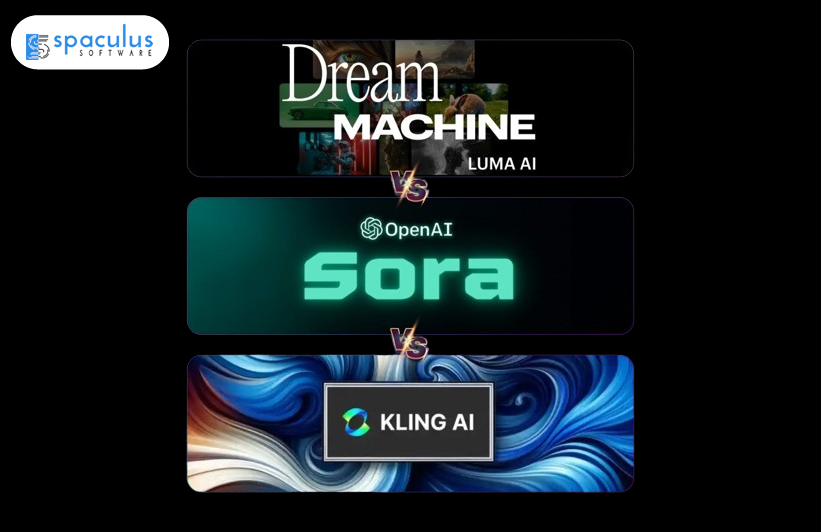
Key Data and Statistics
| Feature | Luma AI Dream Machine | OpenAI’s Sora | Kuaishou’s Kling |
| Launch Date | June 2024 | April 2023 | August 2023 |
| Resolution | 1360×752 | 1280×720 | 1280×720 |
| Frames per Second | 24 | 24 | 24 |
| Max Video Length | 5 seconds | 5 seconds | 5 seconds |
| Free Plan Availability | Yes, 30 generations per month | Limited access | Requires Chinese mobile |
| Monthly Active Users (MAUs) | 50,000+ | 10,000+ | 20,000+ |
| Funding Raised | $70 million | $150 million | $100 million |
| Average Generation Time | <2 minutes | <3 minutes | <3 minutes |
| User Growth Rate (monthly) | 30% | 15% | 20% |
Strengths and Limitations
Strengths
- Identity Preservation: Dream Machine is particularly good at maintaining the identity of subjects, even during complex motions.
- Motion Consistency: The generated videos exhibit smooth and realistic motions, making them visually appealing.
- Free to Try: Users can generate up to 30 videos per month for free, making it accessible for experimentation.
Limitations
- Animation Styles: While Dream Machine performs exceptionally well with realistic videos, it struggles with certain animation styles like Studio Ghibli, where the results may not match the desired artistic style.
- Motion Complexity: In videos with excessive motion, some warping and distortions can occur, especially in the latter parts of the video.
Getting Started
To start using Luma AI’s Dream Machine:
- Visit the Luma AI website and sign up with a Google account.
- Use the prompt bar on the homepage to input your text or upload an image.
- Click on the ‘Try Out’ button to generate your video.
Conclusion
Luma AI’s Dream Machine represents a significant leap forward in AI video generation, offering high-quality, realistic videos from simple text or image inputs. While there are some limitations in handling complex animations and excessive motions, the tool’s strengths in identity preservation and motion consistency make it a valuable asset for creators. With its user-friendly interface and free trial option, Dream Machine is accessible for anyone looking to explore AI-generated videos.











